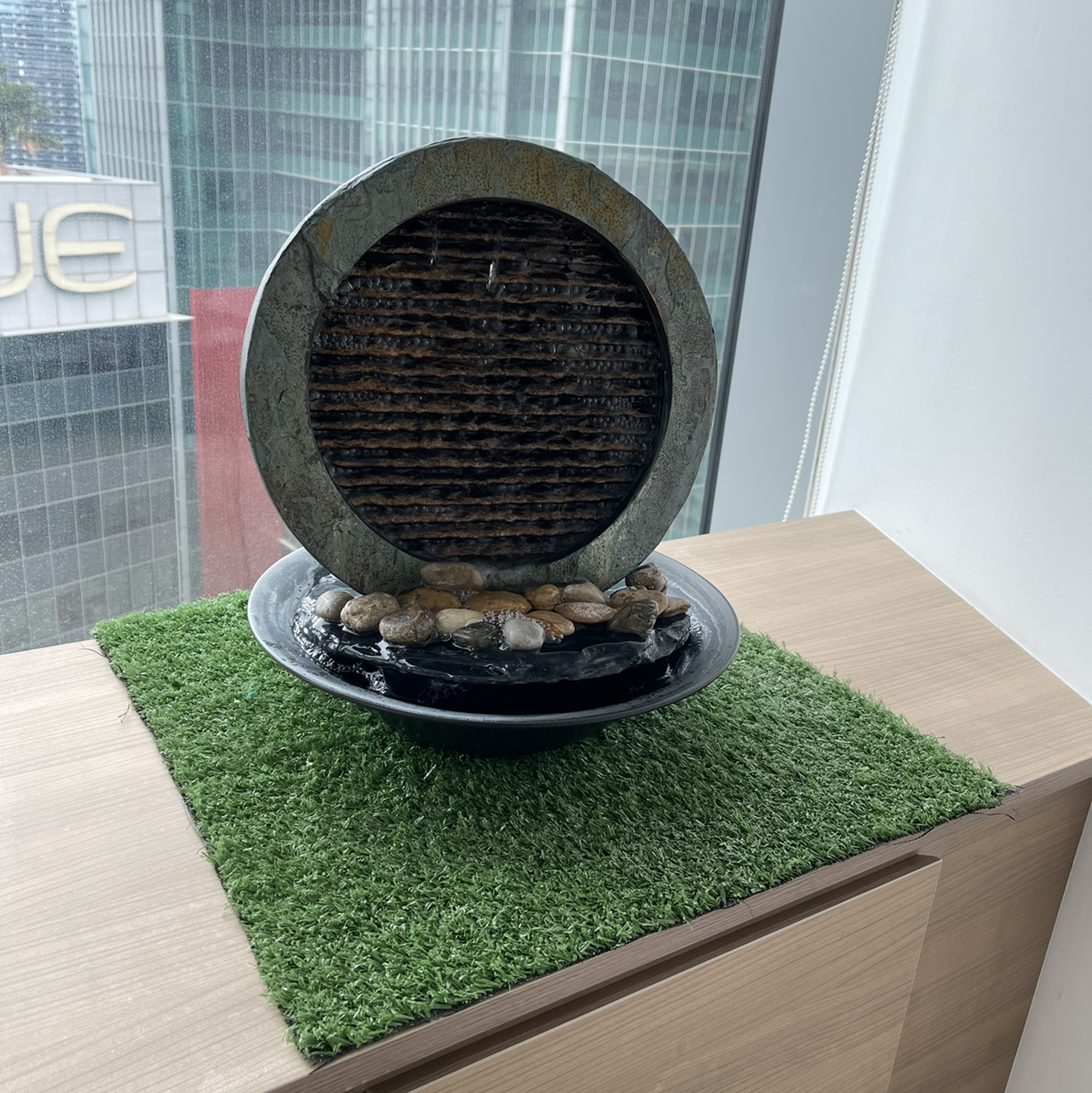
Triciachan
No personal profile
139Follow
12Followers
0Topic
0Badge
Hello im
Repost
@TigerEvents:Join Tiger Ski Championship, Win a Bonus of Up to USD 2022
Please like
Sorry, the original content has been removed
Please help to like
Pls like
US IPO Week Ahead: The Fall IPO market kicks off with a 10 IPO week
Huhihi
Why Apple’s Risk Is Limited
Please like
Sorry, the original content has been removed
Pls like
GameStop, AMC and a new meme ETF?
Please help to like
Sorry, the original content has been removed
Please help to like
Sorry, the original content has been removed
Pls like
Beat the market with this quant system that’s very bullish on stocks at record highs
Please like
The Three Big Transitions Reshaping Finance
Please help to like
Nikola, Bosch tie up to build fuel-cell power modules
Please help to like
Why Wells Fargo Shares Are Trading Lower Today
Please help to like
S&P, Nasdaq end at record highs as dovish Fed taper-talk calms investors
Pls like
Sorry, the original content has been removed
Please help to like
This Unloved Tech Stock Could Make You Rich One Day
Please help to like
Sorry, the original content has been removed
Like
Shares Of Morgan Stanley (MS) Exceed 52-Week High
Pls help to like
Sorry, the original content has been removed
Go to Tiger App to see more news